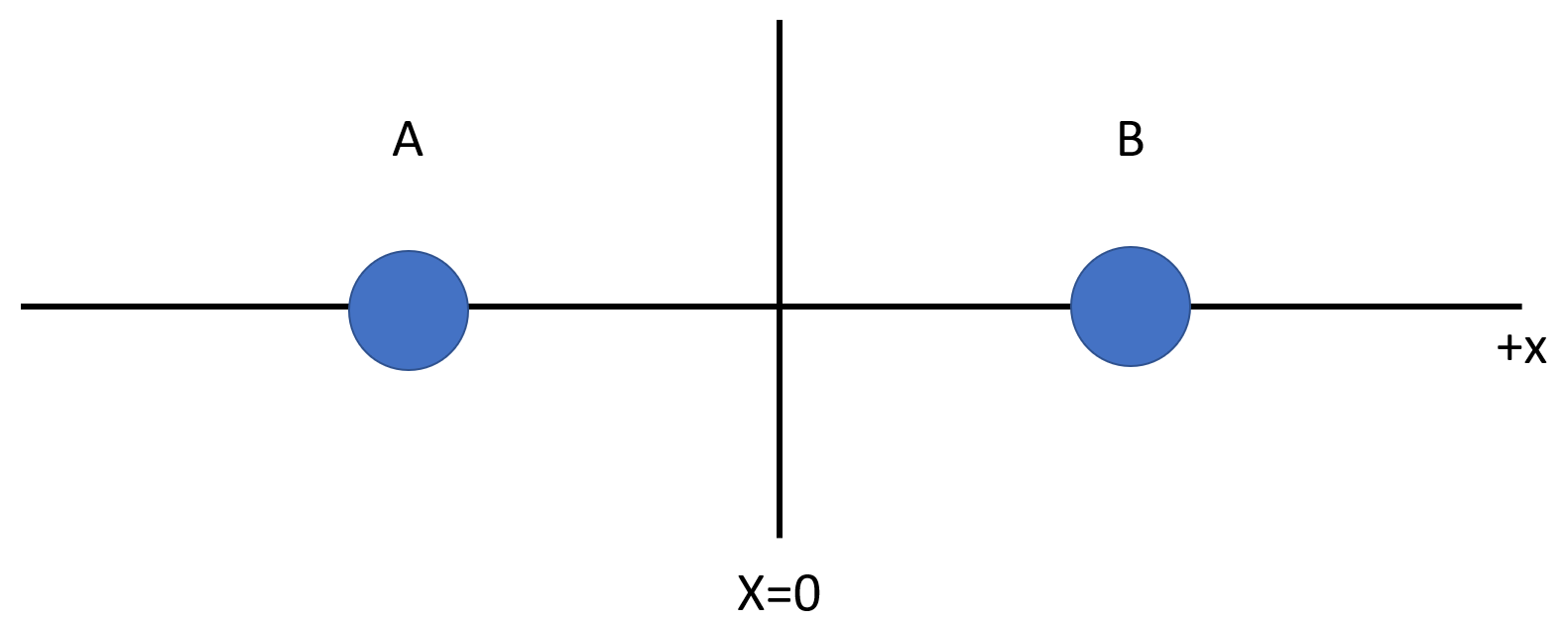Two charges, are placed on the x-axis (see below). If charge B is moved to #x=oo# then, the potential at the origin is #200 "kV"#. If charge B is moved to #x = 7# m, the potential at the origin is equal to #0"V"#. What is the charge of B?

I'm not sure what it's asking

I'm not sure what it's asking
1 Answer
Mar 24, 2018
Explanation:
When the charge B moves to
When the charge B is at
so that

